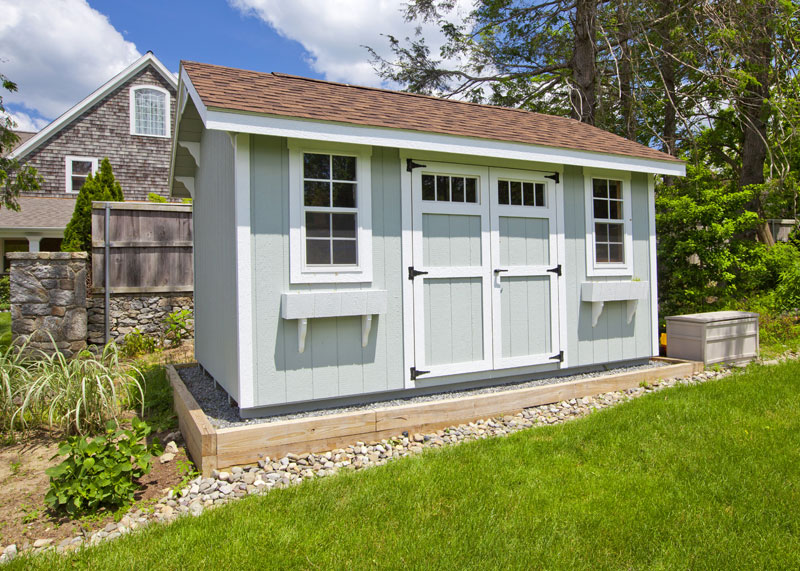Hi all
Question regarding exporting PME earthing system to outbuilding/garage. The garage has no water/gas/oil supplies but has a concrete floor. What is the recommended method that most would use in this case. Take the PME out to the garage or isolate PME and then TT the building. Just had me thinking with the concrete floor can hold moisture in the event of a fault? Is there a regulation quoted for exporting PME to outbuildings ? Thanks in advance
Question regarding exporting PME earthing system to outbuilding/garage. The garage has no water/gas/oil supplies but has a concrete floor. What is the recommended method that most would use in this case. Take the PME out to the garage or isolate PME and then TT the building. Just had me thinking with the concrete floor can hold moisture in the event of a fault? Is there a regulation quoted for exporting PME to outbuildings ? Thanks in advance










